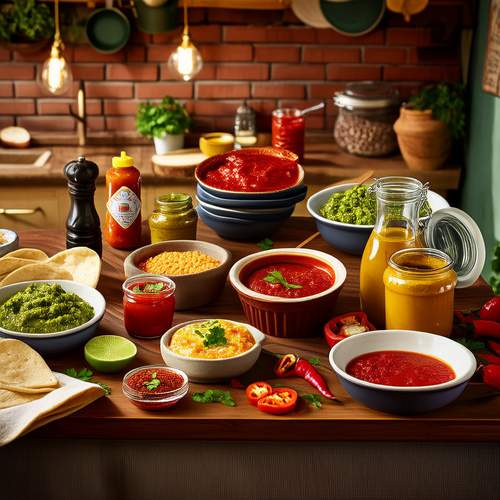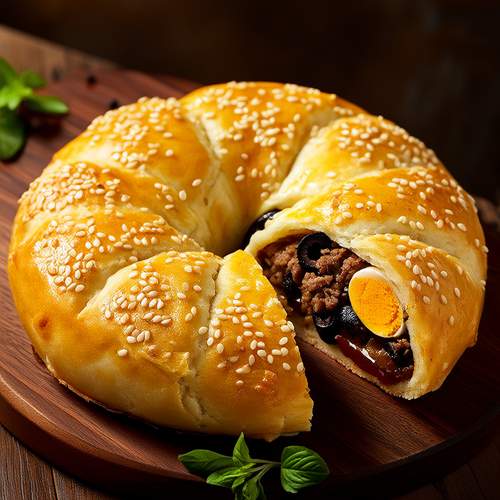The Fourth of July in America is synonymous with fireworks, parades, and of course, hot dogs. As millions gather around barbecues and picnic tables, few pause to consider the humble casing that gives the hot dog its signature snap. The story of hot dog casings is a fascinating blend of tradition, technology, and culinary science, deeply intertwined with the celebration of Independence Day.
The history of hot dog casings dates back centuries, long before the hot dog became an American icon. Originally, sausages were stuffed into natural casings made from animal intestines, a practice that ensured preservation and added texture. European immigrants brought this tradition to the United States, where it evolved alongside the burgeoning meatpacking industry. By the early 20th century, hot dogs had become a staple at baseball games and public gatherings, with their casings playing a crucial role in their popularity.
Natural casings, typically made from sheep or hog intestines, remain the gold standard for many purists. These casings are prized for their ability to crisp up beautifully on the grill while retaining juiciness. However, the process of preparing natural casings is labor-intensive, requiring thorough cleaning and sometimes bleaching. For large-scale producers, this can be a bottleneck, especially in the lead-up to July 4th, when demand skyrockets.
In response to these challenges, synthetic casings emerged as a popular alternative. Made from collagen, cellulose, or even plastic, these casings offer consistency and ease of use. Collagen casings, derived from animal hides, mimic the texture of natural casings but are more uniform in size. Cellulose casings, on the other hand, are often used for skinless hot dogs, which are peeled after cooking. While some connoisseurs argue that synthetic casings lack the depth of flavor provided by natural ones, their convenience has made them a mainstay in the industry.
The debate between natural and synthetic casings is more than just a matter of taste—it reflects broader trends in food production. As consumers become more conscious of what they eat, questions about sourcing and processing have come to the forefront. Natural casings, while traditional, raise concerns about animal welfare and environmental impact. Synthetic options, though efficient, often involve chemical treatments that some find unappealing. For hot dog manufacturers, striking a balance between authenticity and modernity is an ongoing challenge.
One lesser-known aspect of hot dog casings is their role in the sensory experience of eating a hot dog. The "snap" of a well-cooked hot dog is largely due to the casing, which tightens during cooking and then bursts under pressure. This tactile feedback is a big part of why people love hot dogs, especially when charred over an open flame. On Independence Day, when hot dogs are consumed by the millions, that snap becomes a shared sensation, a small but meaningful part of the celebration.
The production of hot dog casings is also a story of globalization. While the U.S. is a major consumer of hot dogs, many of its casings are imported. Countries like Germany, the Netherlands, and China are key suppliers of natural casings, while synthetic variants are produced worldwide. This global supply chain ensures that Americans can enjoy their Fourth of July traditions without interruption, but it also highlights the interconnectedness of modern food systems.
For those who prefer a hands-on approach, making hot dogs at home with natural casings has become a niche but growing trend. DIY enthusiasts tout the superior flavor and texture of homemade hot dogs, though the process is undeniably messy. From soaking the casings to carefully stuffing the meat mixture, it’s a labor of love that few undertake lightly. Still, for some, the effort is worth it, especially when the results are served up on a sunny Independence Day afternoon.
As we bite into our hot dogs this Fourth of July, it’s worth remembering the unsung hero of the meal—the casing. Whether natural or synthetic, it’s a small detail that makes a big difference. In a way, the hot dog casing is a metaphor for America itself: a blend of old and new, tradition and innovation, all coming together to create something uniquely satisfying. So as the fireworks light up the sky, take a moment to appreciate the snap, the juice, and the history in every bite.

By /May 26, 2025

By /May 26, 2025

By /May 26, 2025

By /May 26, 2025

By /May 26, 2025

By /May 26, 2025

By /May 26, 2025

By /May 26, 2025

By /May 26, 2025

By /May 26, 2025

By /May 26, 2025

By /May 26, 2025

By /May 26, 2025

By /May 26, 2025

By /May 26, 2025

By /May 26, 2025

By /May 26, 2025